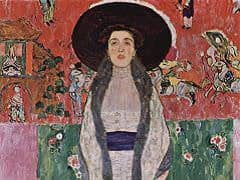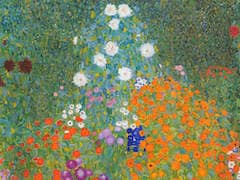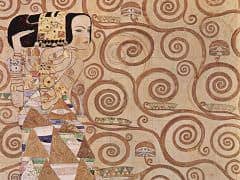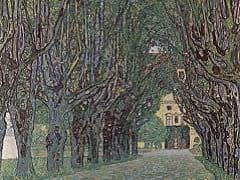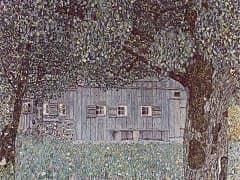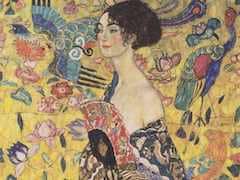Avenue of Schloss Kammer Park, 1912 by Gustav Klimt

While Klimt's first landscapes date from the early 1880s, it was not until the late 1890s that he turned consistently to landscape subjects, during summer vacations spent in the picturesque Salzkammergut, outside the city of
Salzburg. Landscape painting enabled him to experiment, free from the pressure of commissioned work and the distractions of the metropolis. After the early 1900s, when Klimt eschewed large public commissions and became more
dependent upon selling his work, a ready supply of new landscapes proved useful.
Klimt's landscapes are now a highly admired aspect of his oeuvre. A particular feature of the works is their standard size and square format, a device Klimt used with their exhibition in mind. The uniformity of his landscapes
in this one respect highlights their diversity in many others. Throughout, it is possible to point to corresponding shifts in Klimt's approach to the portraits and allegories on which he worked in Vienna. Many unfinished
landscapes were taken back to his Vienna studio for completion.
Klimt's landscapes express his wider concerns with biological growth and the cycle of life. Their dazzling decorative surfaces and abstracted motifs align him with emergent modernist tendencies.
Avenue of Schloss Kammer Park recalls the symbiosis of naturalism and ornament in the contemporary work of Egon Schiele.







